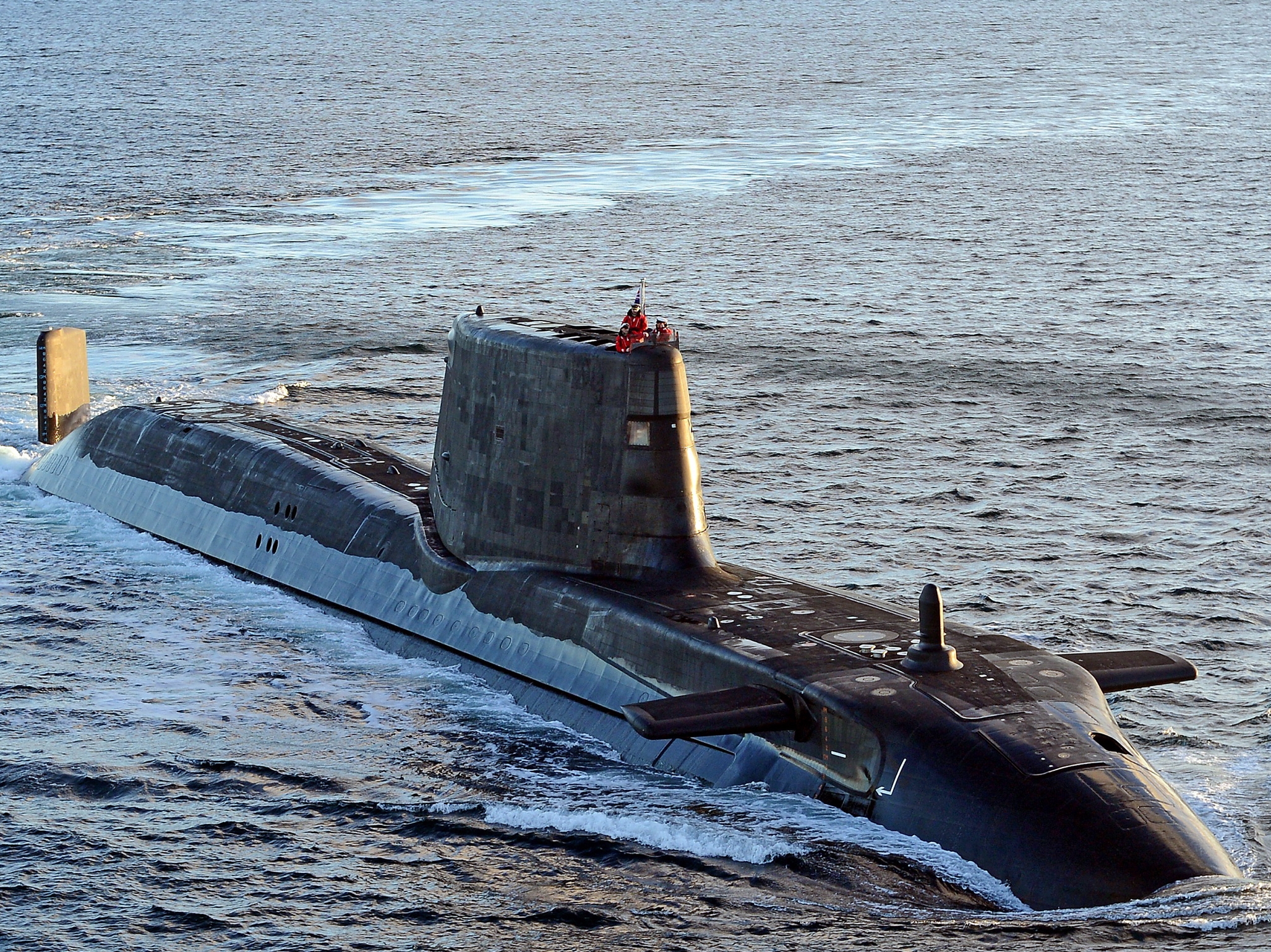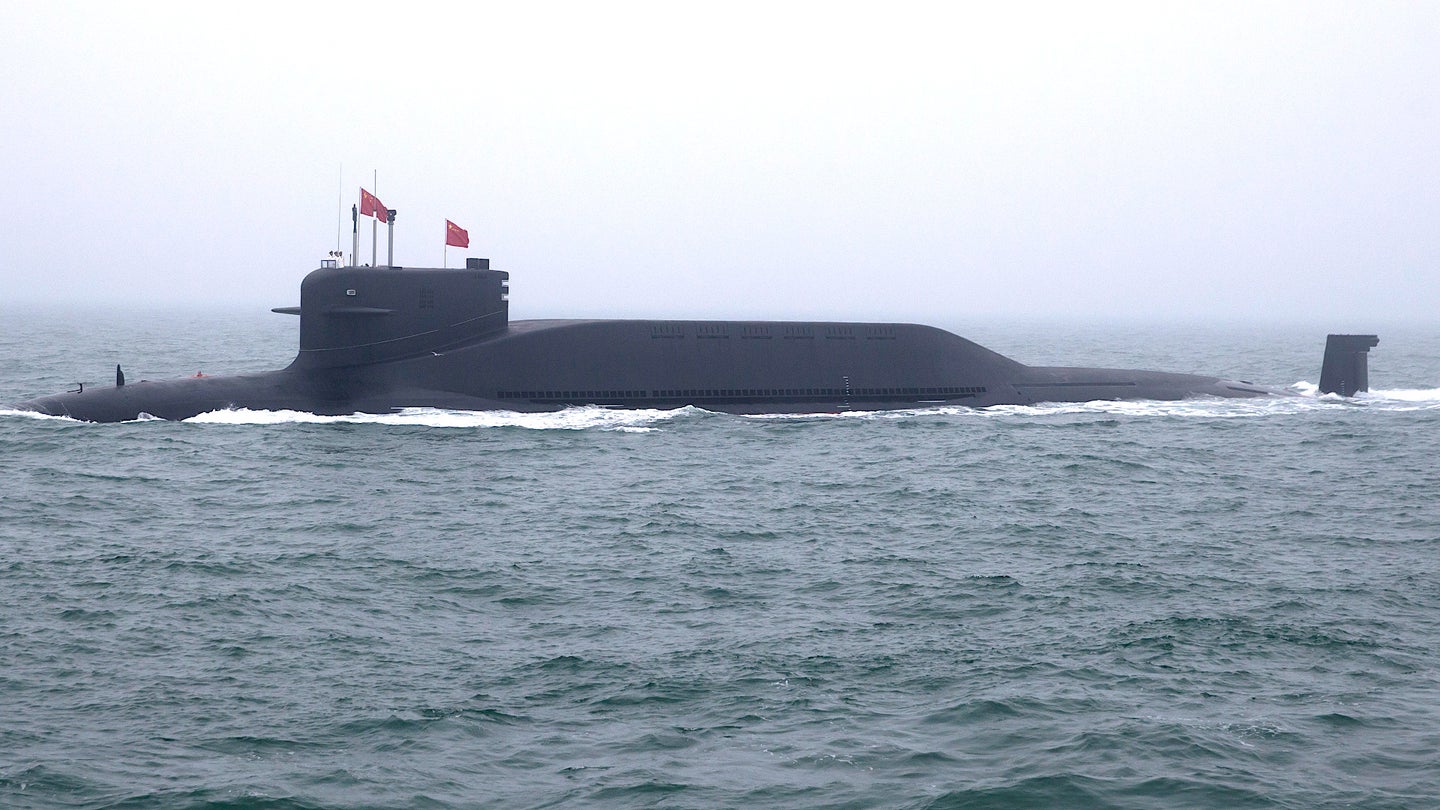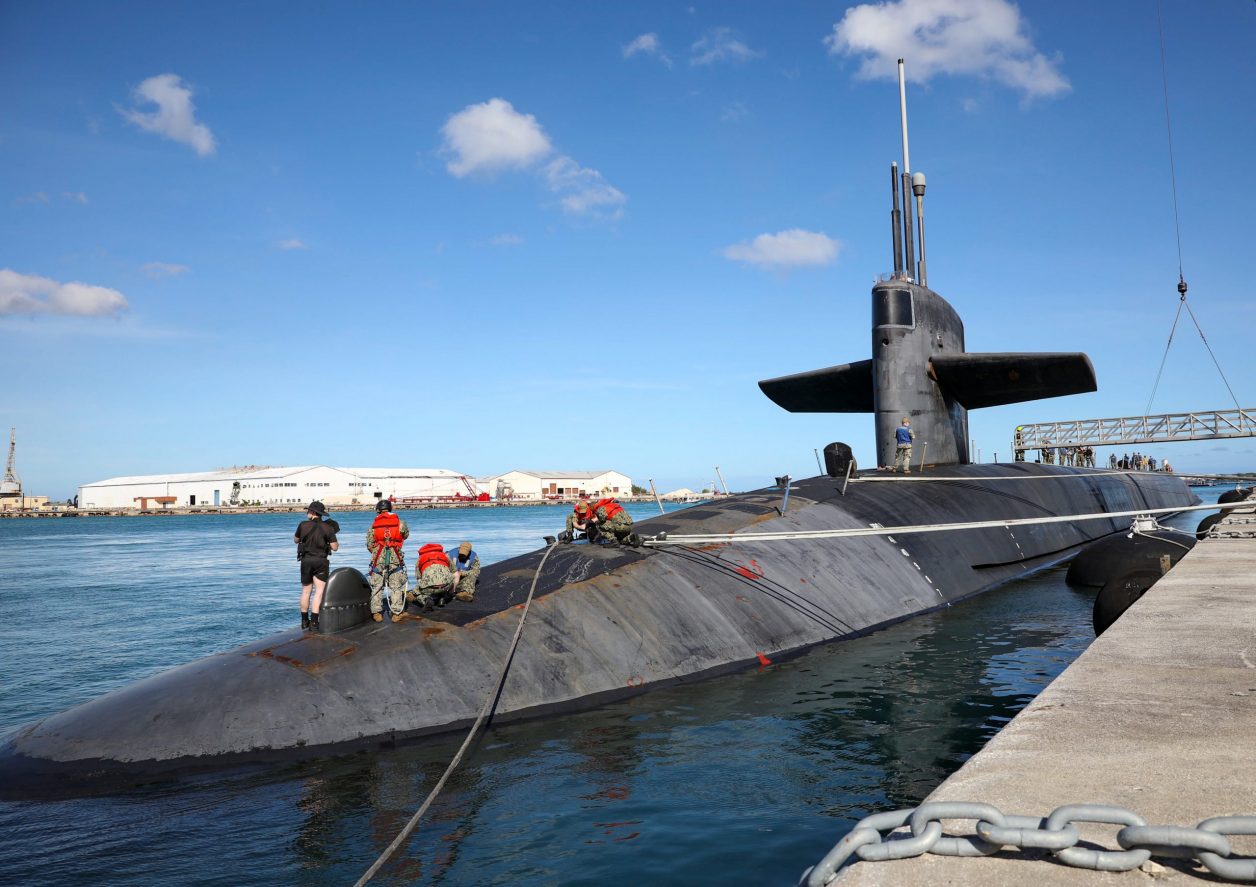The AUKUS pact between the US, the UK, and Australia that aims to assist Canberra with the development of nuclear submarines has been dogged with controversies. In a new row, Australia is now facing internal resistance against creating nuclear submarine infrastructure.
Why Elon Musk Could Trigger World War III As Russia Looks At Revenge For Sinking Their Top Warship?
Australian Prime Minister Scott Morrison had announced last month that a submarine base would be established on Australia’s east coast and the cities of Port Kembla, Newcastle, and Brisbane were floated as possible bases. It has since been understood that Port Kembla has emerged as the preferred location for the base.
However, the sought-after site has a history of resistance against military activity which is now spilling over as a dampener for Canberra’s plans.
Wharfies in Port Kembla, south of Sydney, had refused to load smelted iron ore headed for Japanese military manufacture in the war against China in 1938.
Some residents, like Alexander Brown of Wollongong against War and Nukes, believe that the town’s peaceful history is a reason why it should not be used as a base for Australia’s new nuclear submarines, ABC News reported.

“We’re a city of peace, and we’re a city of renewable and sustainable employment. We don’t want to turn into a defense industry town,” he told 7.30. “If nuclear submarines are based here in Port Kembla, we’re looking at accident risks for us, for sea life, for the ecosystem that we all depend upon.”
A fundamental challenge in Australia’s building of a nuclear submarine is a lack of nuclear infrastructure in the country. Australia does not have nuclear weapons and does not use electricity produced from radioactive materials. It has one nuclear reactor; however, it is only used for non-military research.
Prime Minister Scott Morrison had earlier stated that the submarines will be built in Australia, but not the reactor compartments because the country’s current plan does not include building a nuclear-power industry capable of supporting the program, EurAsian Times had noted.

The AUKUS pact was signed last year amid heightened tensions between the West and nuclear-armed China which has been steadily gaining ground in the Pacific, a region that Australia considers as its traditional area of influence.
It is believed that China’s long-range nuclear-capable missiles, such as the DF-26, could even jeopardize western assets in the Pacific.
However, the resistance to nuclear and military activity on the base location chosen by Canberra could become a major roadblock for the submarine construction. This has caused some sections of the country to speculate that the submarine construction might have to shift to an overseas location.
Incentives Against Apprehensions
Until very recently, the Australian administration had to soothe the nerves of the South-East Asian countries concerned with the nuclearization of the region. However, it is now scrambling its resources to convince its people that nuclear construction in the region could be effectively managed against risks.
Debra Murphy of the Illawarra Regional Development Australia said the town should seize the opportunity by highlighting the incentives of any such construction project taking place on the Kemblan territory.
“If we had four submarines, we believe that we would get 7,000 jobs, and the majority of those would be high-value jobs, high paying jobs,” she said.
“The word ‘nuclear’ creates fear. However, we know that the potential issues around nuclear can be managed effectively, like it is, for example, in Lucas Heights where the (ANSTO) nuclear reactor is.”

It is pertinent to mention that the sole nuclear reactor of Australia is used in a limited fashion and strictly for non-military and non-offensive objectives. However, the construction of a submarine is part of a plan to create military deterrence with China in the region.
Defense Minister Peter Dutton said recently that $381 million will be spent to improve the periscopes of the existing Collins Class fleet, ensuring that they remain relevant in the present strategic environment. But he refused to say when the new nuclear submarines would be built and deployed, or how much construction work would be done in Australia.
Overseas Submarine Construction
Rex Patrick, a former submariner and Independent Senator from South Australia, thought the language surrounding a local construction was too ambiguous. “The government keeps squeezing on the schedule and that means that they have to reduce risk wherever they possibly can.
“The Australian Strategic Policy Institute has predicted that this project will cost about $170 billion. An overseas build is the exporting of $170 billion of taxpayers’ money and thousands of Australian jobs to foreign shipyards”, he said.
Labor party will need to be properly educated on the AUKUS arrangement before making any decisions or issuing a guarantee if elected, Shadow Defense Minister Brendan O’Connor told 7.30. “We will do everything we possibly can to make sure that those assets are built in Australia,” he said.
K-TIG, an Adelaide-based company, said it was willing to invest in a high-tech welding plant to obtain a piece of the nuclear submarine action, but only if the next government provided certainty.
The country goes to elections next month. Some others in Australia have suggested that it would be profitable if the submarines are built overseas or bought on lease from the US and the UK.
The dangers of nuclear plants have become more defined after the Fukushima nuclear disaster in Japan, creating apprehensions against nuclear infrastructure among civilians around the world. The hesitation among the people of Port Kembla could be understood to be a by-product of the same set of concerns.
It remains to be seen whether the Australian government would be able to convince the people, actually shift the base overseas or consider other options that remain on the table.
- Contact the author at sakshi.tiwari9555@gmail.com
- Follow EurAsian Times on Google News




